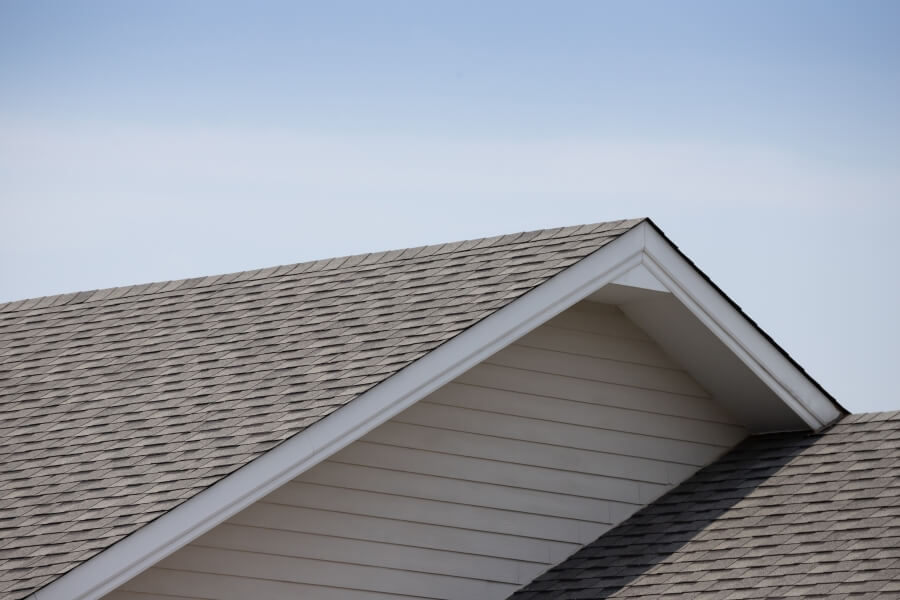7 Roofing Facts
Roofing systems are complex and have a rich history behind them. This week, we’ve compiled a list of interesting roofing facts that may surprise you.
- The earliest roofs were thatched roofs. These roofs are naturally waterproof; made of tightly bundled leaves, branches, reeds, or straw. Thatched roofs are still used in some parts of the world today. They are usually cone-shaped or sloped so rain can easily roll from them. Mud is sometimes used to seal thatched roofs.
- “Flat” roofs are not actually flat. You may not notice it at first, but all flat roofs have a slight pitch to allow for water drainage. In the roofing industry, we also refer to these roofs as “low-slope” roofs.
- Flat roofs became popular in Europe and in the Americas during the 19th century when waterproofing and other building materials became more accessible. Flat roofs are most used for warehouses, commercial buildings, and offices, but they are also used for residential properties. Flat roofs are widely used in the American Southwest because they perform well in arid climates where water drainage is not top priority.
- The most popular roofing material in the United States is the asphalt shingle. In fact, around 75% of homes in the U.S. have asphalt shingle roofs. Asphalt shingles have been around since the early 1900s.
- Roofs can be environmentally friendly. With advances in technology, more environmentally friendly roofing options are available today. Some roofing materials, like Malarkey shingles and stone coated steel roofing, are made up of recycled materials. Malarkey roofing shingles are even designed to reduce smog. Some roofs can help you lower energy usage as well. A DECRA stone coated steel roof, for example, is a great option for a homeowner looking to lower heating and cooling costs. To learn more about the environmentally friendly roofing options available, check out our blog post here.
- Slate is likely the most impact resistant roofing material available, followed by stone-coated steel, concrete tile, clay tile, and asphalt shingles.
- Your roof type and shape may depend on your location. Some roofing materials are better suited for specific climates. For example, clay and concrete tile roofs are more common in desert areas like the Southwest, whereas slate tile roofs are more common in areas like New England. Some roofing materials like metal roofing or asphalt shingles can be found all over the United States.
Are you interested in a free roofing estimate? Call our office at (719) 487-7663 or contact us online. Our experienced consultants are here to help!




